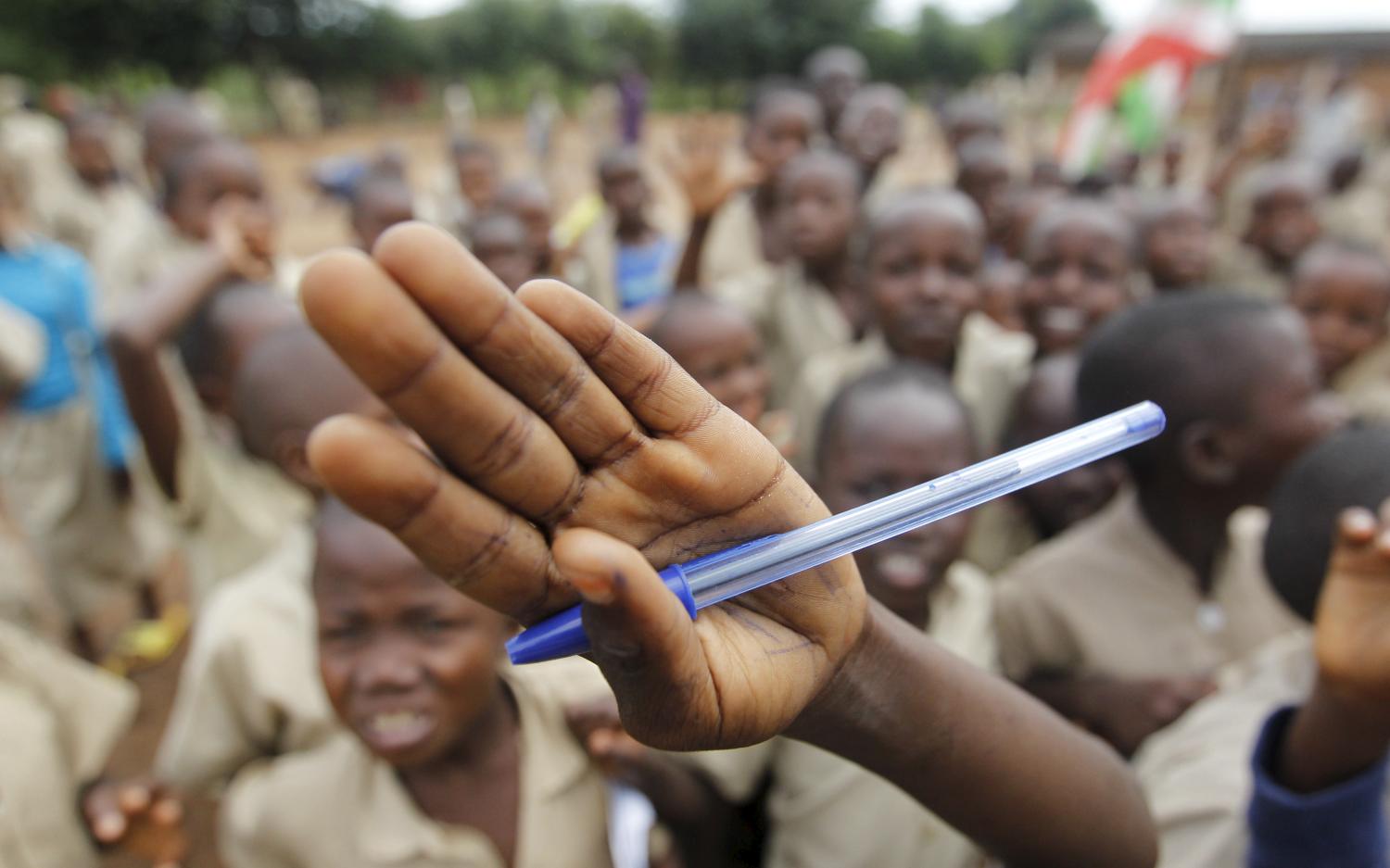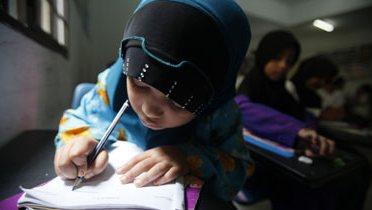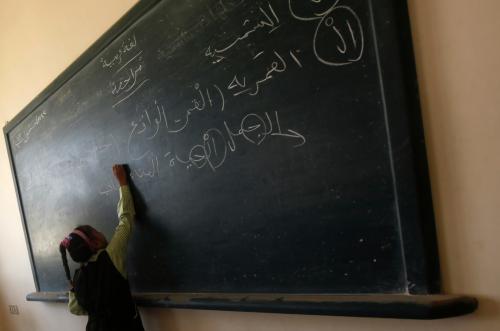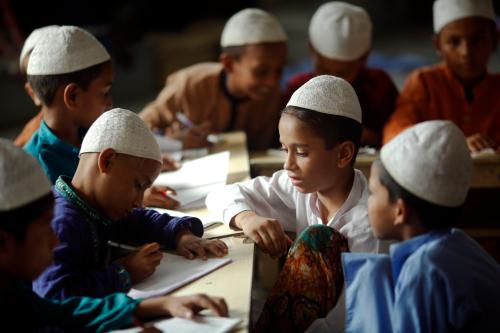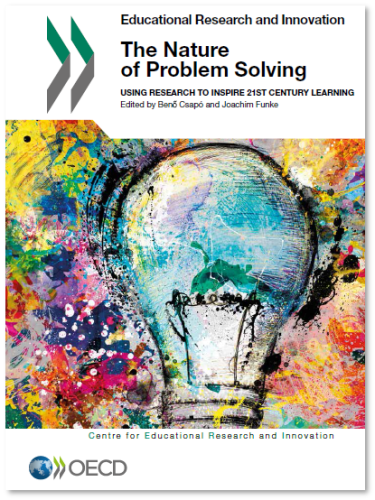It is our hope that this year will be marked in history as the year when the world agreed on an ambitious global plan to eradicate poverty and ensure that all children have access to a high-quality basic education. Achieving these education goals will require all hands on deck. Governments, donors and nonstate actors will need to work together to deliver on this promise. Significantly more financing will be required, and resources will need to be spent in the most effective way.
We can build on substantial progress made since the beginning of the millennium. Between 1999 and 2012, the number of out-of-school children decreased from 106 million to 58 million; two-thirds more children were enrolled in primary school; gender parity improved, with the number of countries with fewer than 90 girls enrolled in primary school for every 100 boys falling from 33 to 16; transition and retention rates improved, and the lower secondary gross enrollment ratio increased from 71 to 85 percent. The pace of progress has accelerated compared with earlier trends, revealing the benefits gained from the increased investment in education goals over the past decade following the reaffirmation of the EFA goals and the MDGs.
However, progress has been uneven, and the remaining challenges disproportionally affect the most marginalized populations. Children in rural areas have been twice as likely as those in urban areas to never go to school; the poorest children are five times less likely to complete primary school than the richest; 36 percent of out-of-school children are in conflict affected zones; and 16 of the 20 countries furthest from reaching the Education for All goals are in Sub-Saharan Africa.
This report focuses on how a subset of the targets related to basic education—that is, that all children should complete high-quality pre-primary, primary and lower secondary education—can be financed. This focus was chosen because these basic education goals form the basis of all other goals. They have also been shown to have the highest social returns in developing countries and are likely to be the focus of the bulk of public finance in the years to come. We recognize that the financing of basic education will depend on the extent to which actors can address financing constraints at higher levels of education, which are currently absorbing large shares of public resources in many countries. Solutions to increase financing for basic education need to go hand in hand with developing alternative financing options (e.g., loan programs and selective scholarships) at higher levels of education.
This report reviews the financing efforts for the education sector in developing countries during the past decade and assesses what will be required in the coming years to reach the basic education goals by 2030. We draw on a variety of data sources as well as five country case studies—for Afghanistan, Lebanon, Malawi, Nigeria and Pakistan. The report has been prepared with an eye to inform the Oslo Summit on Education for Development and other international meetings this year that provide a unique opportunity for political leaders and heads of donor agencies to get efforts to fulfill the promises of the United Nations’ new Sustainable Development Goals (SDGs) off to a motivated start.
We explore how much total spending will need to increase between now and 2020 to be on track to reach the basic education goals by 2030. This shorter time horizon was chosen because it is within government and donor planning cycles and is also less sensitive to potential errors in projections of revenue and spending further into the future. Using costing estimates for 2020 for low-income countries (LICs) and lower-middle-income countries (LMICs) produced by the UNESCO Education for All Global Monitoring Report (GMR), as well as our own estimates for upper-middle-income countries (UMICs), we calculate that in 2020, a total annual investment of $30 billion will be required in LICs, $181 billion in LMICs and $326 billion in UMICs (excluding China) to be on track to meet the basic education goals (including pre-primary, primary and lower secondary). This report analyzes how domestic and external resources have evolved over the past decade and how, in the light of these historical trends, the required investments can be mobilized.

